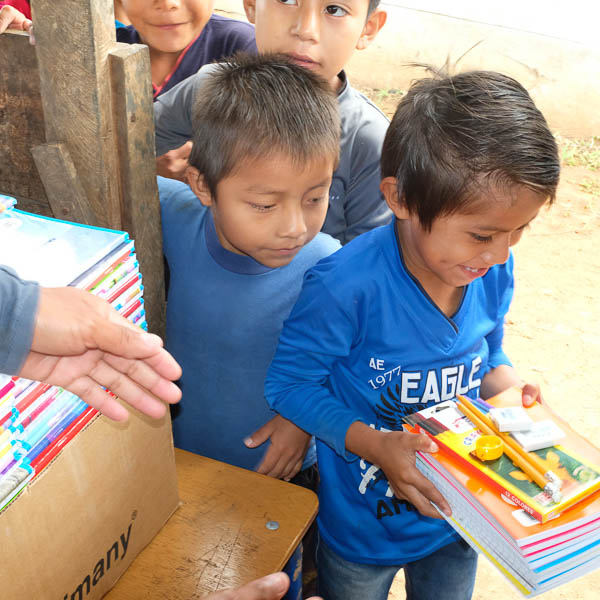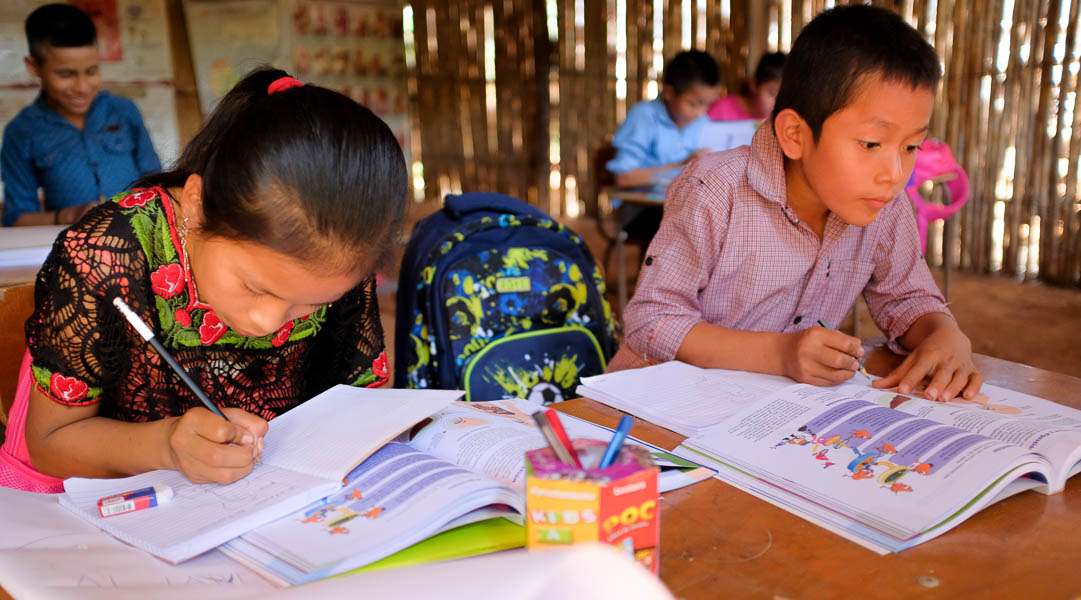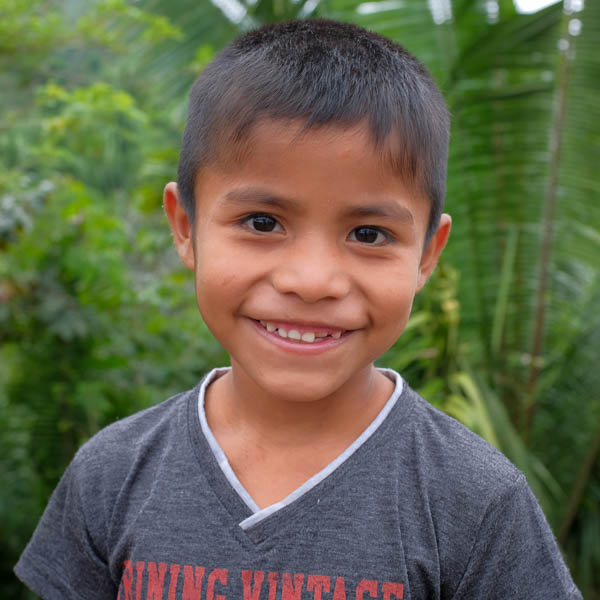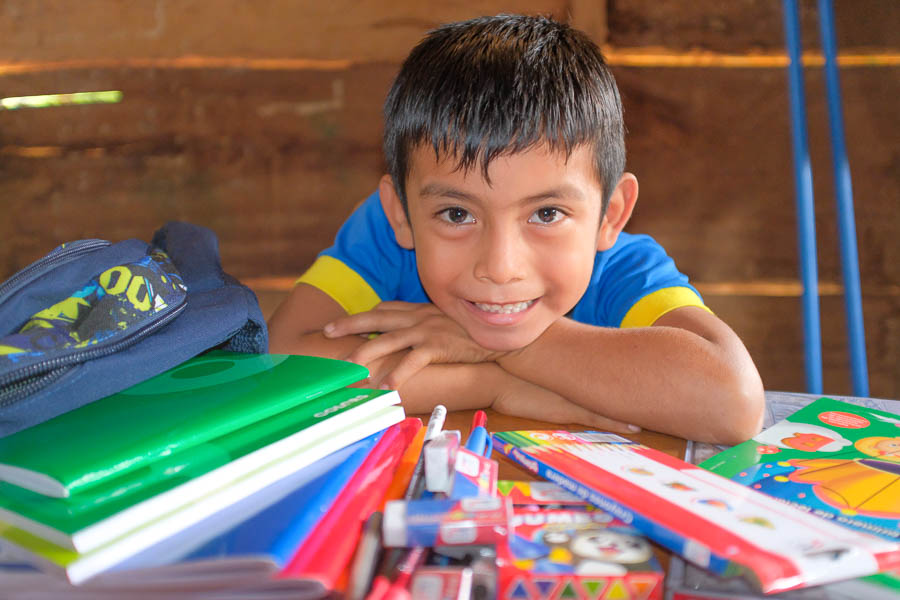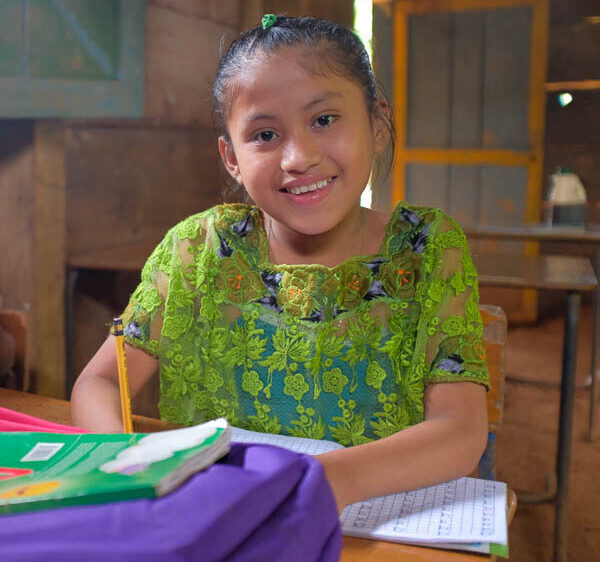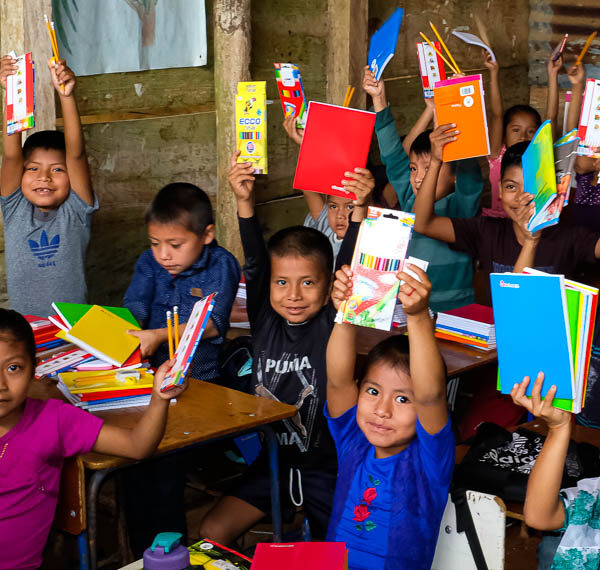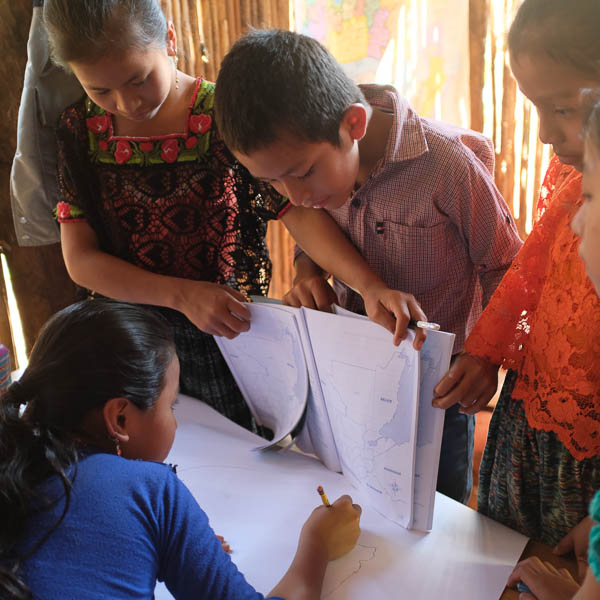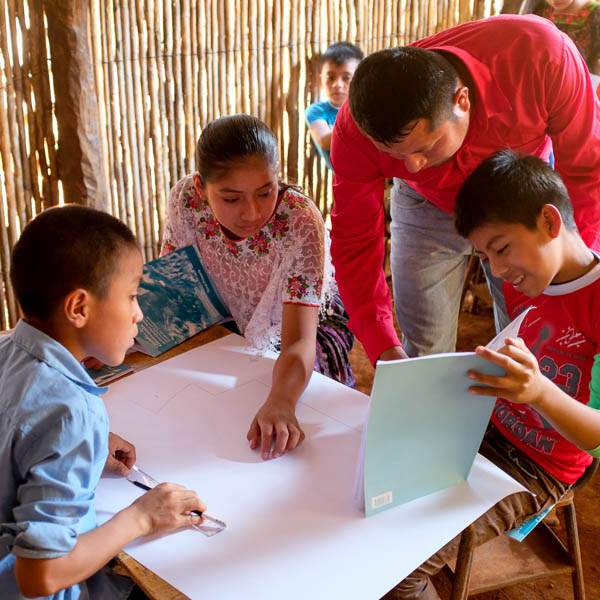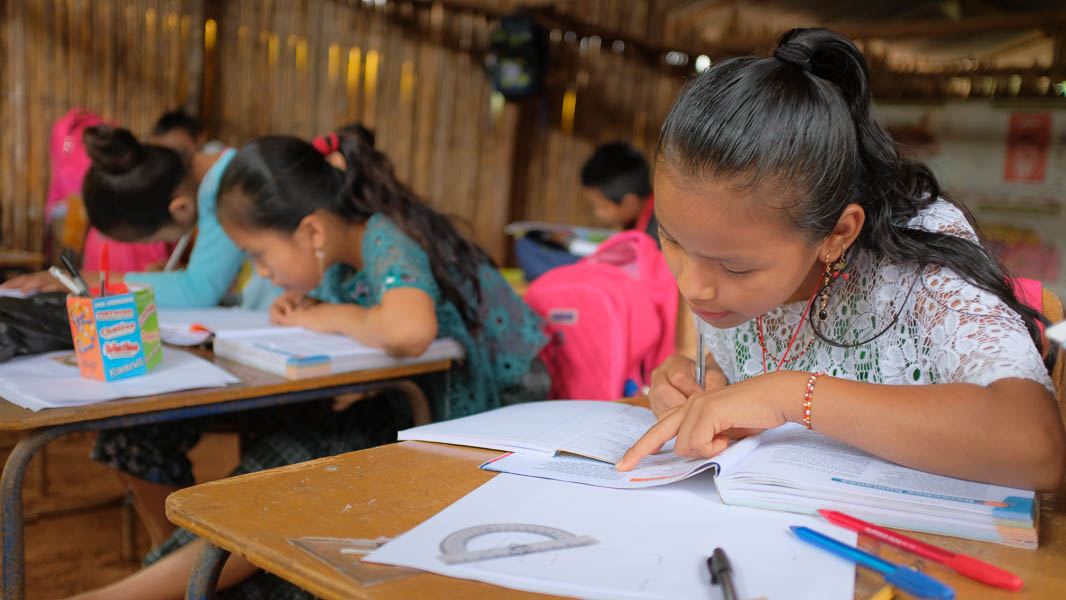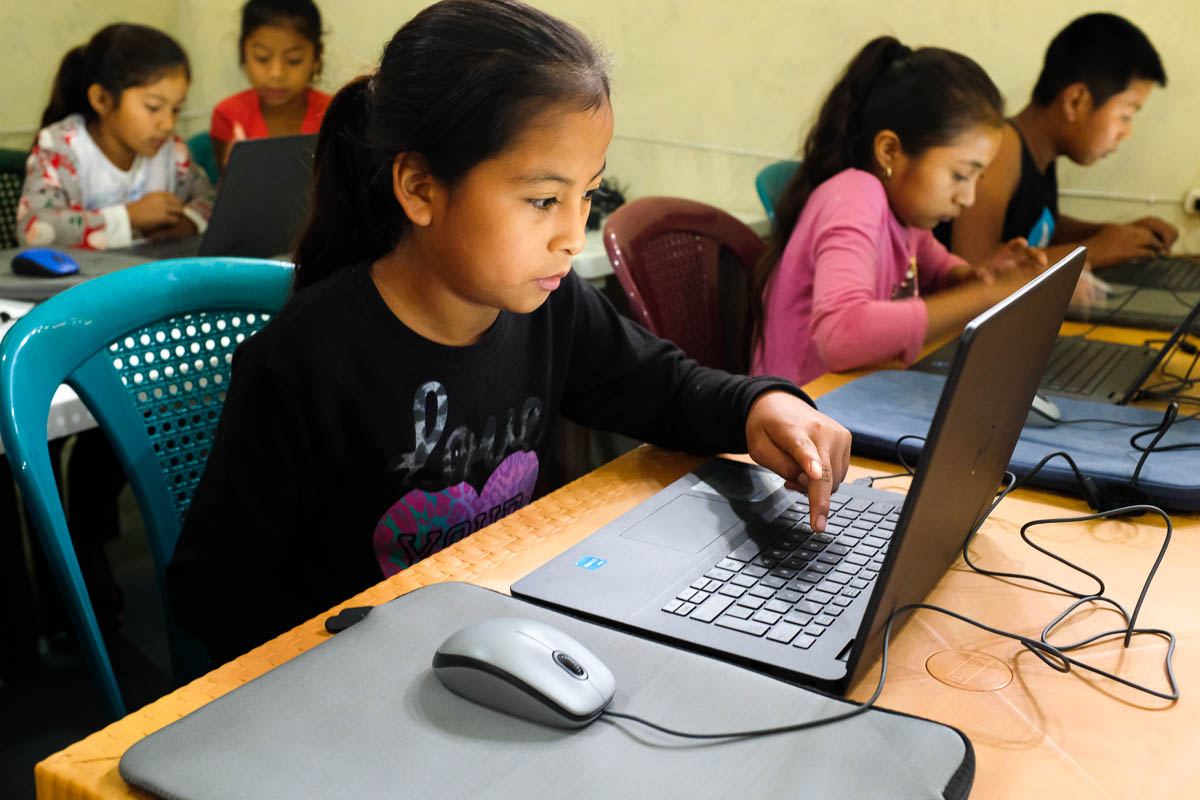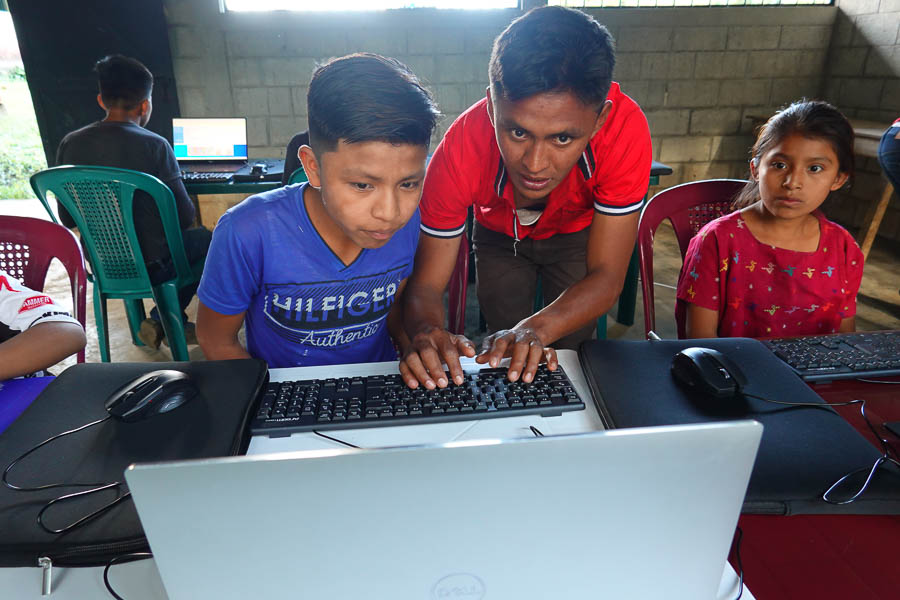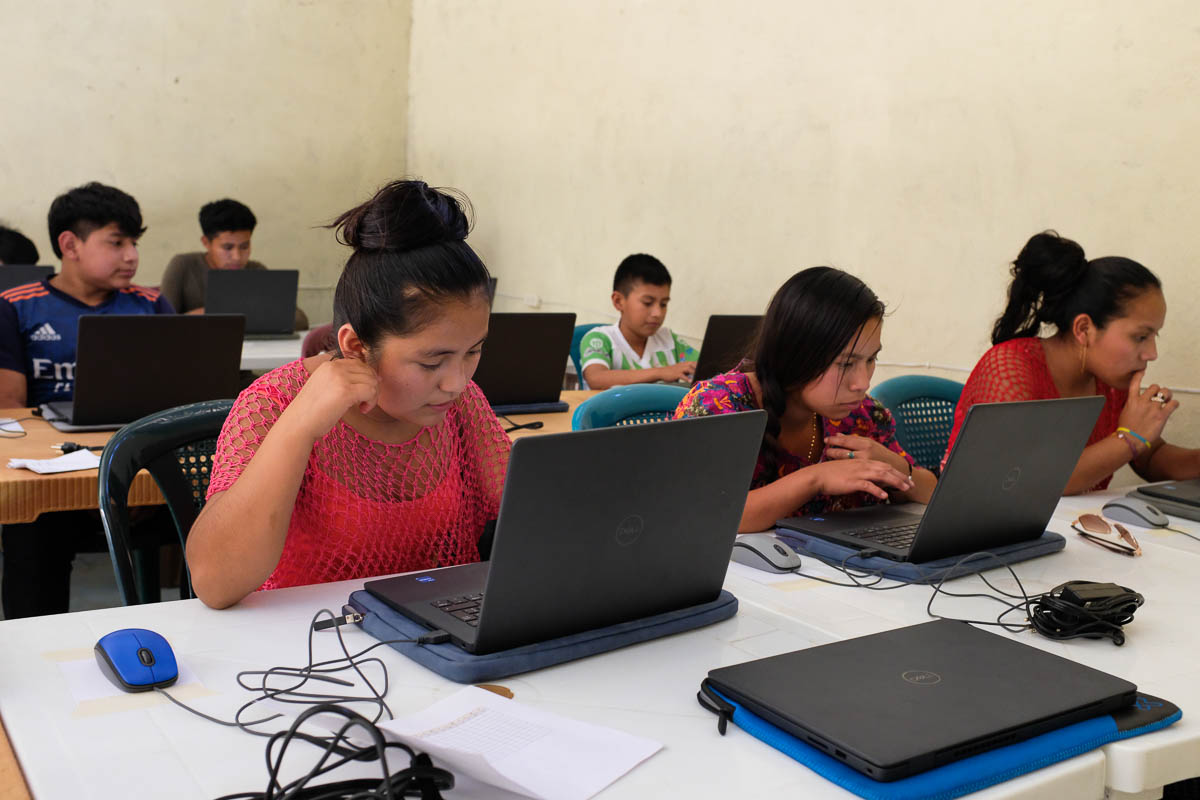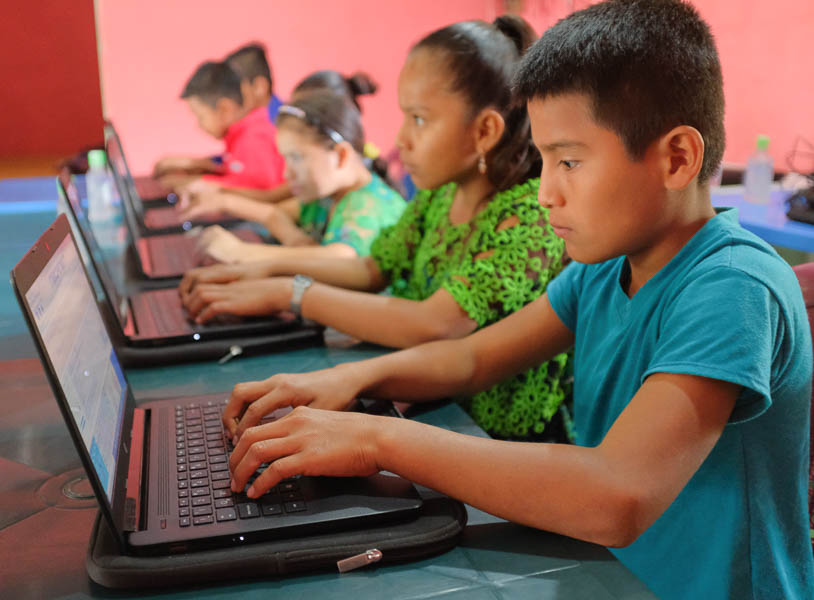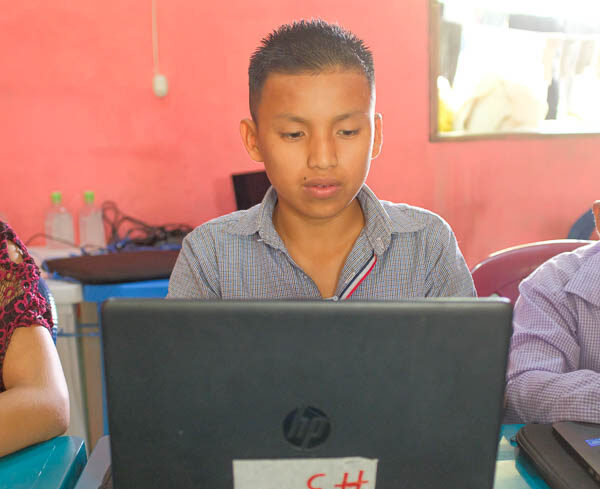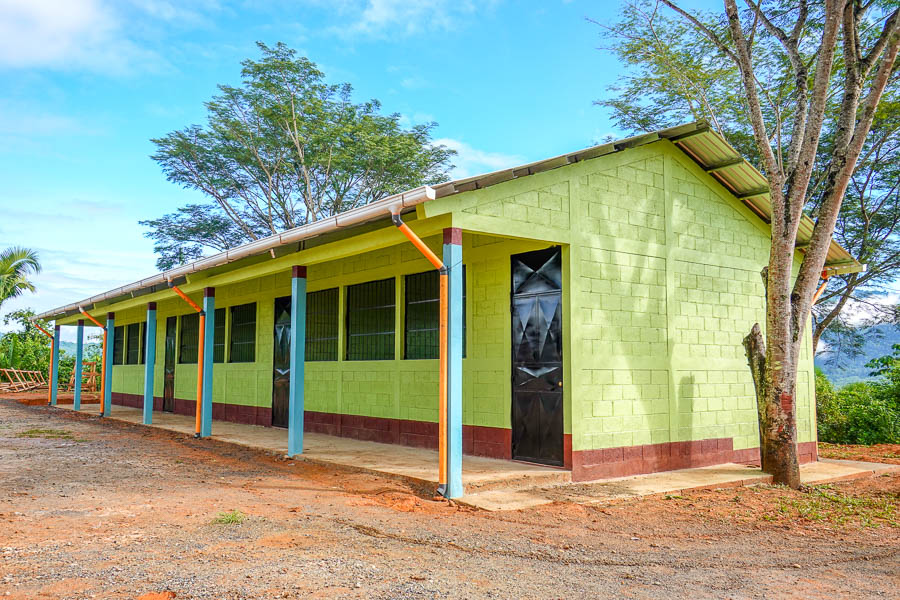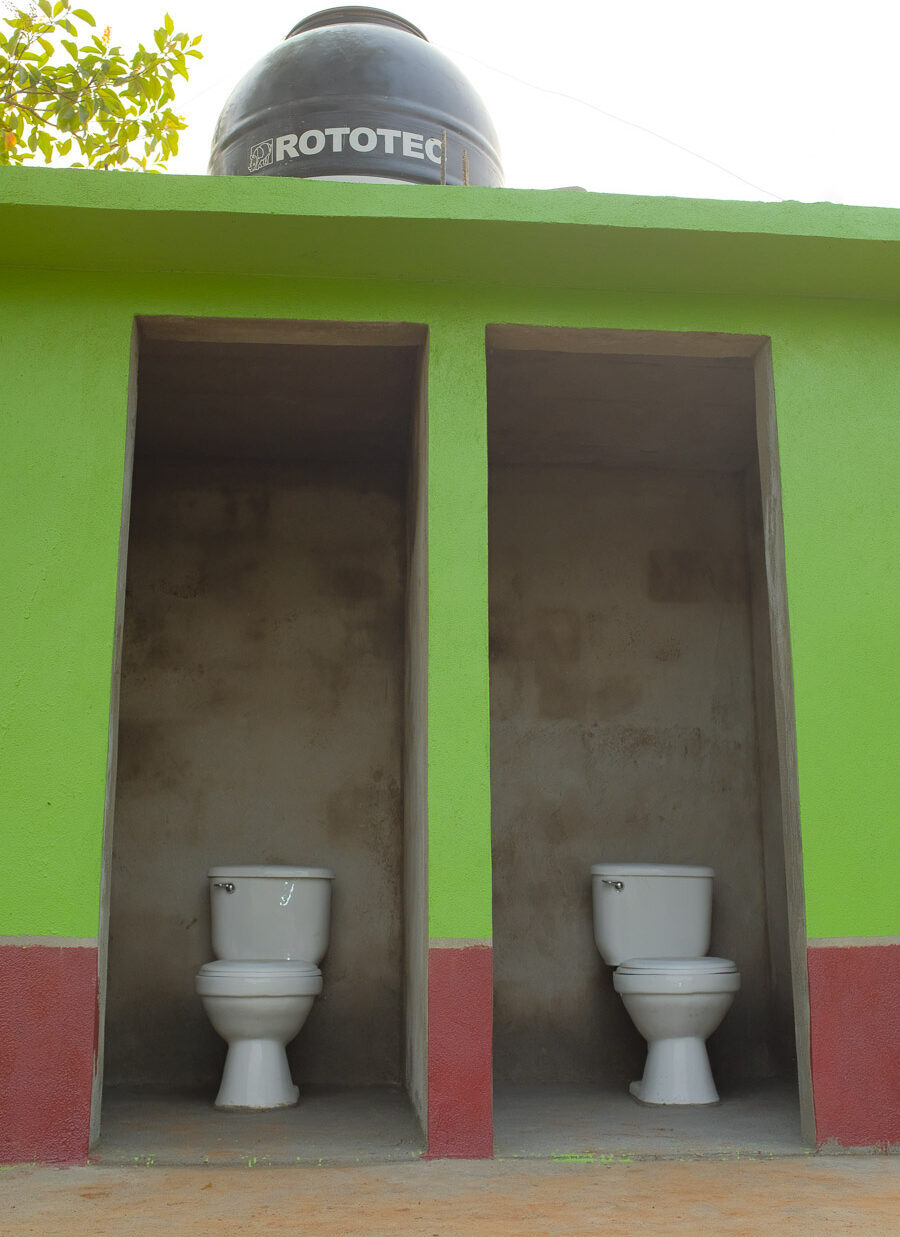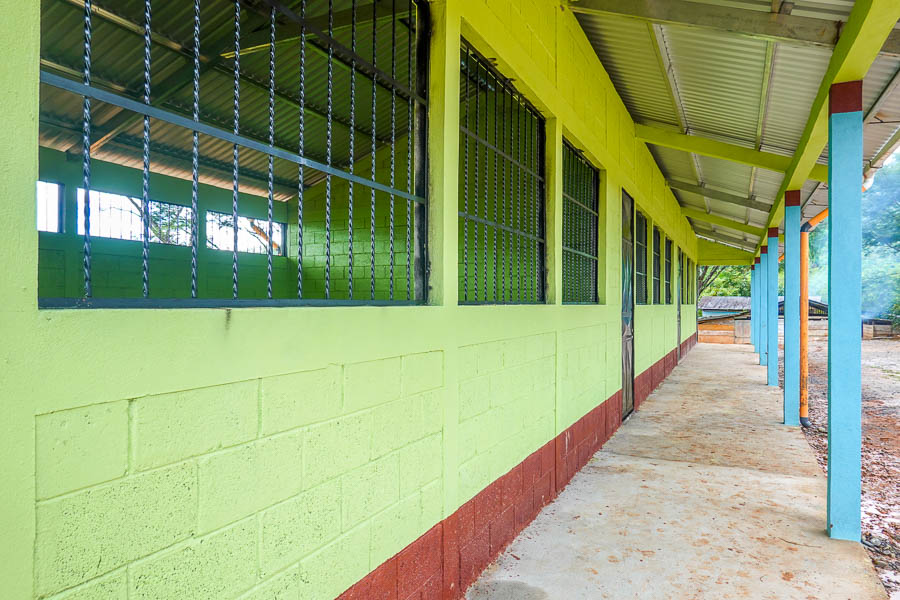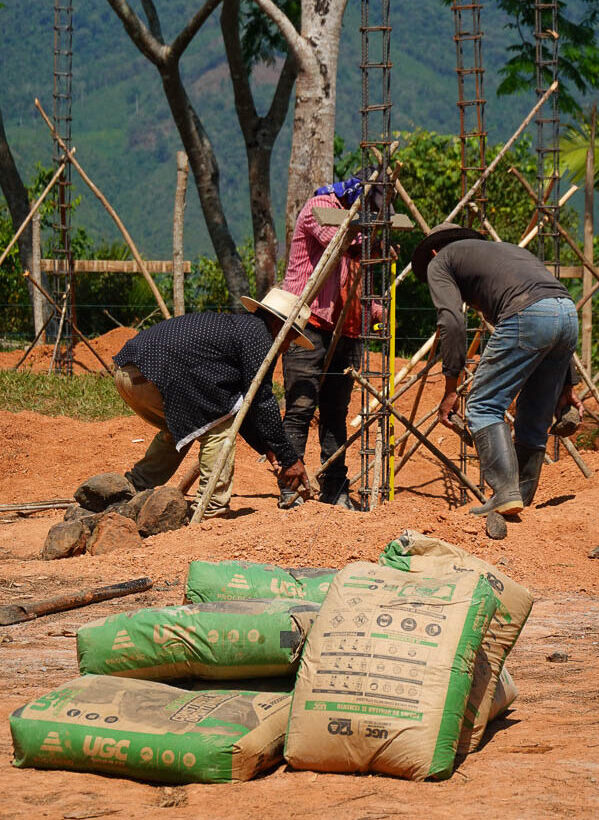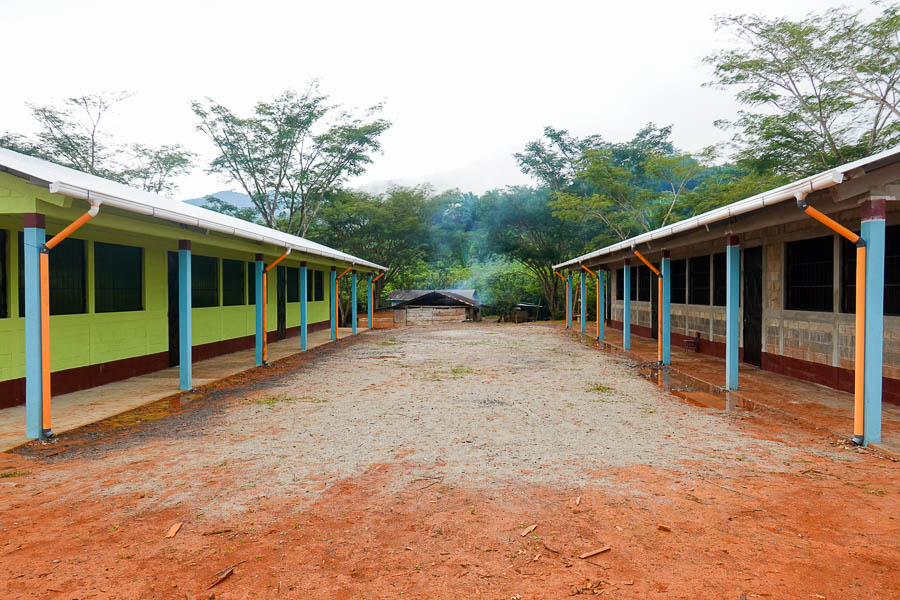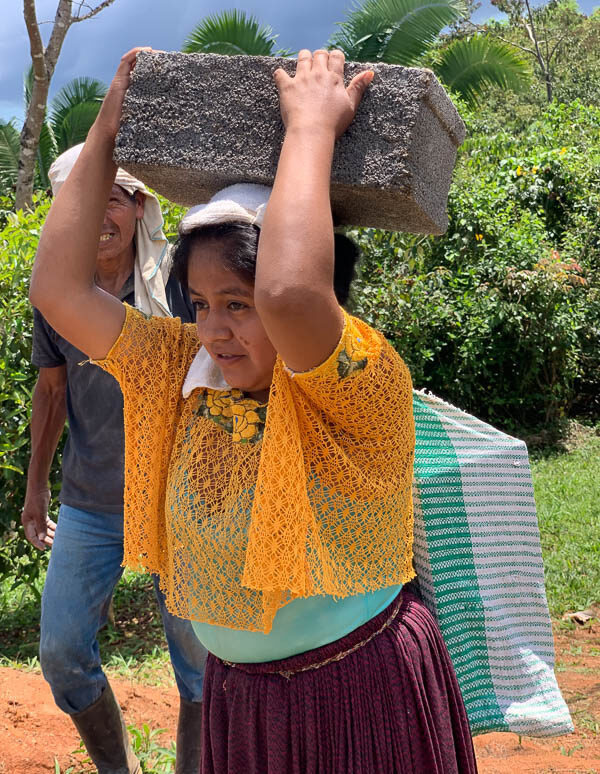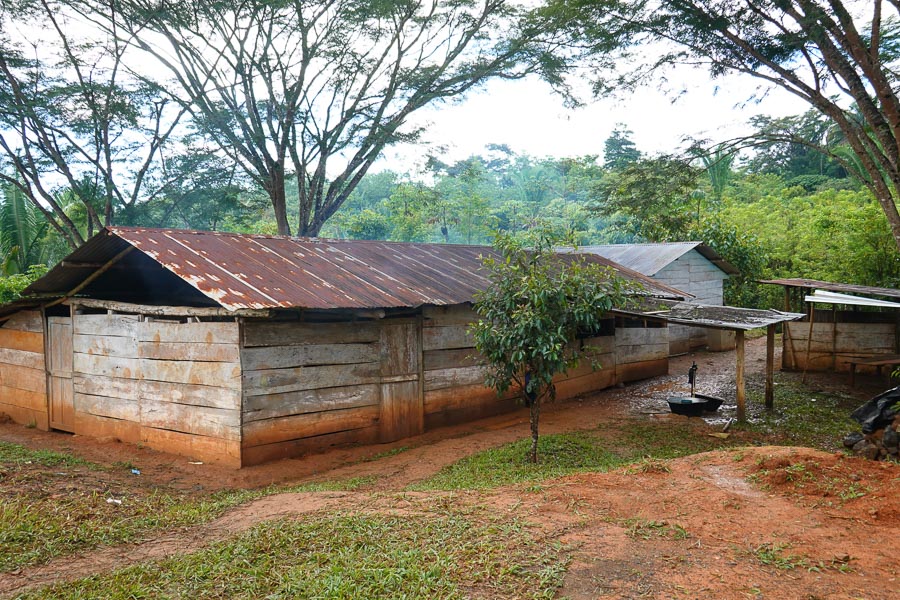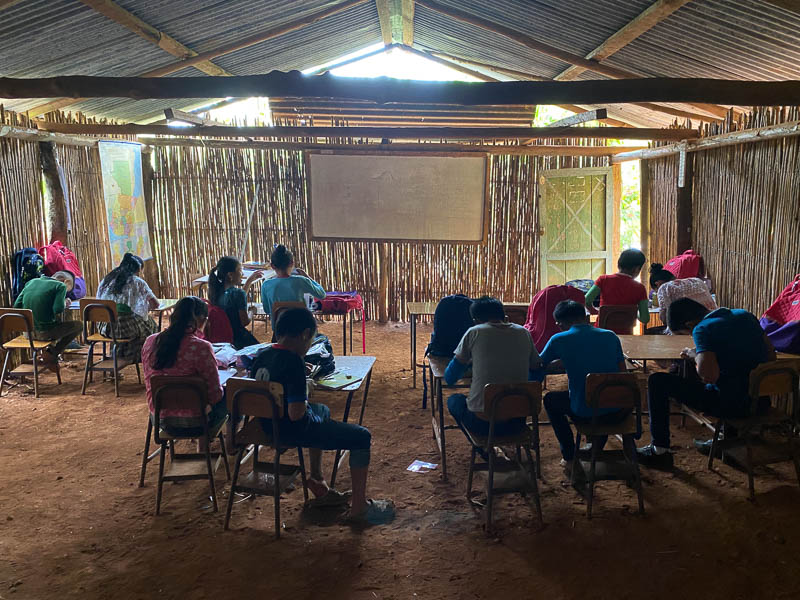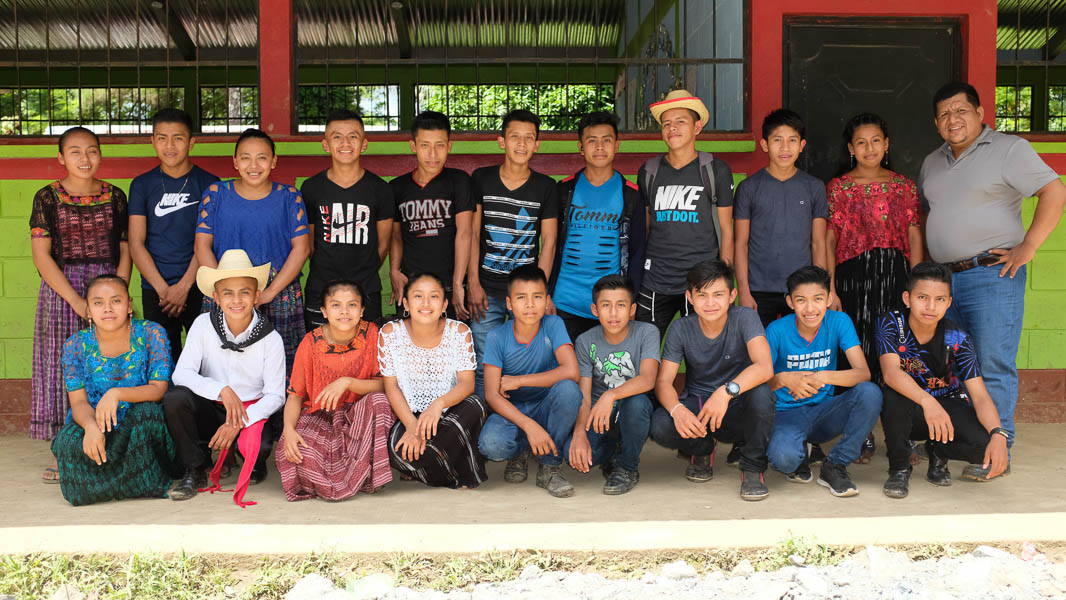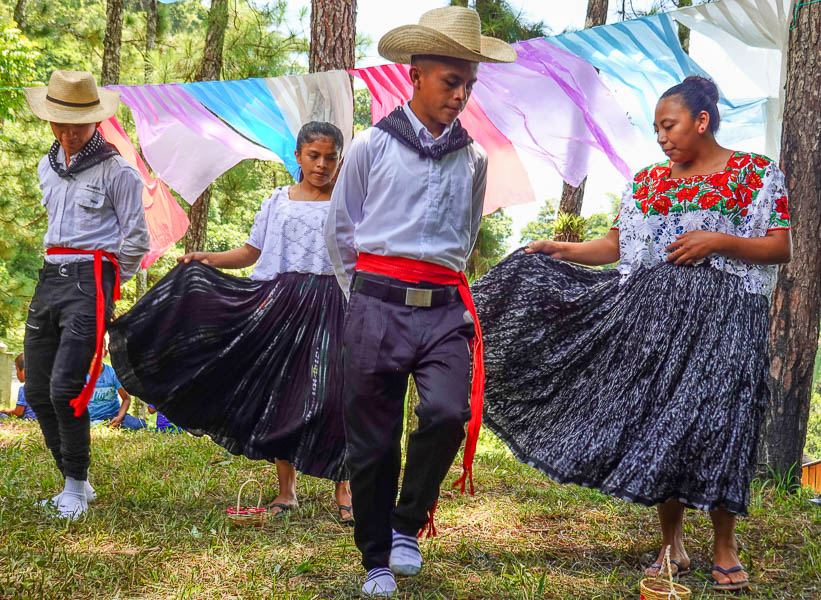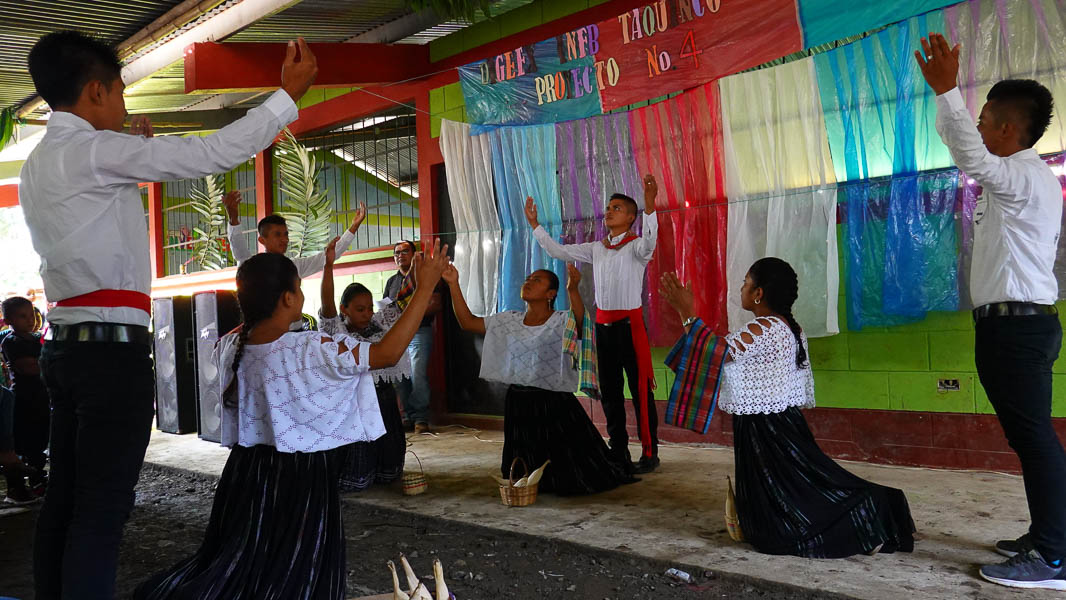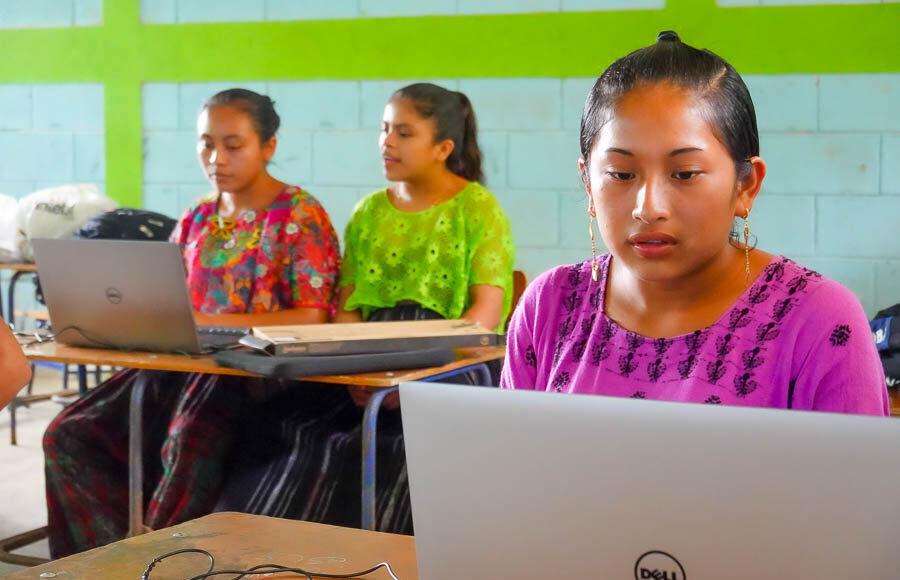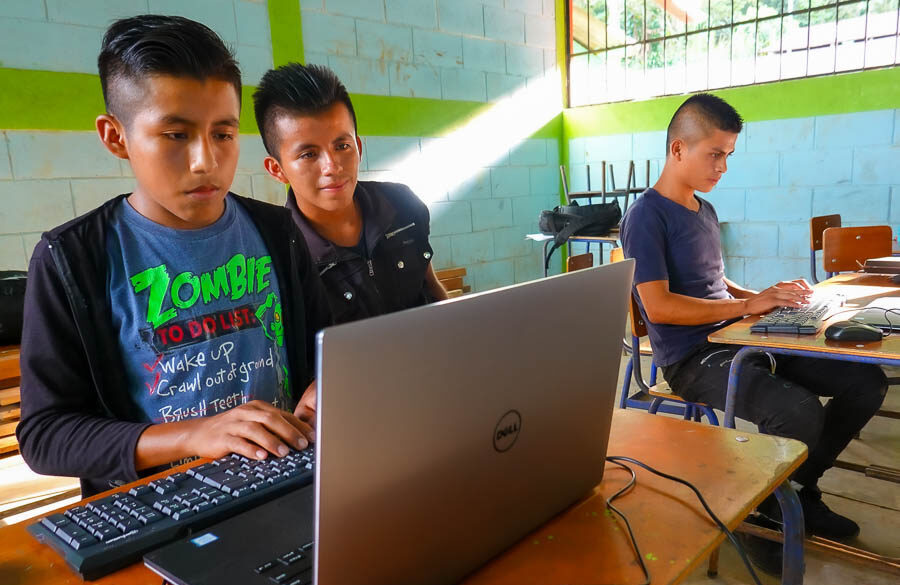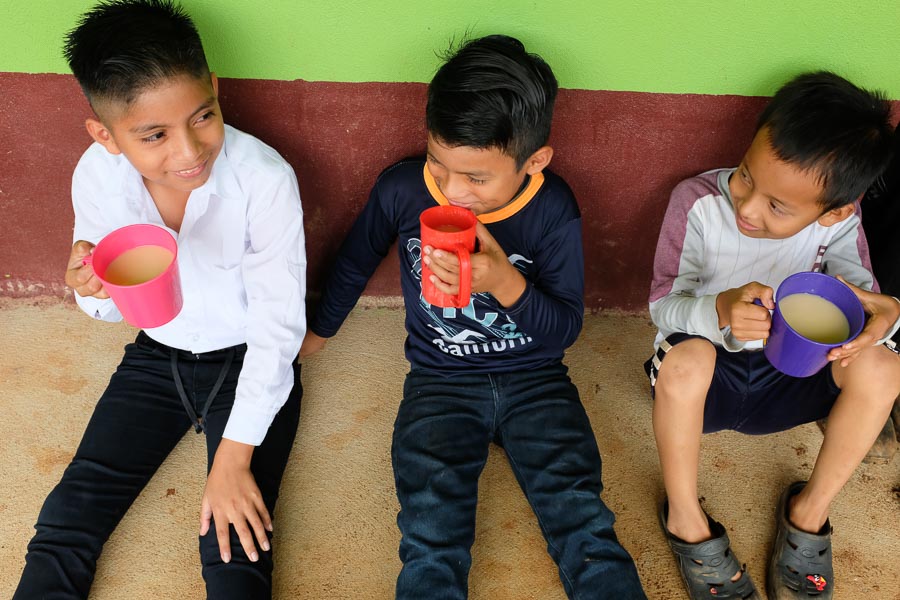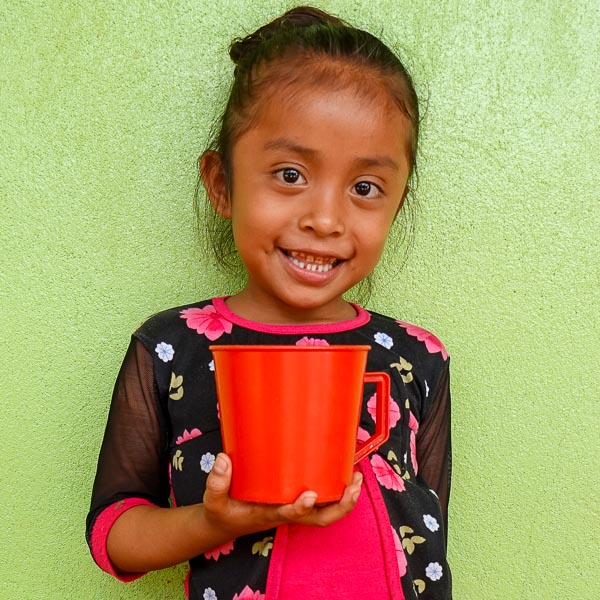
Local
Education
Advancement
Program

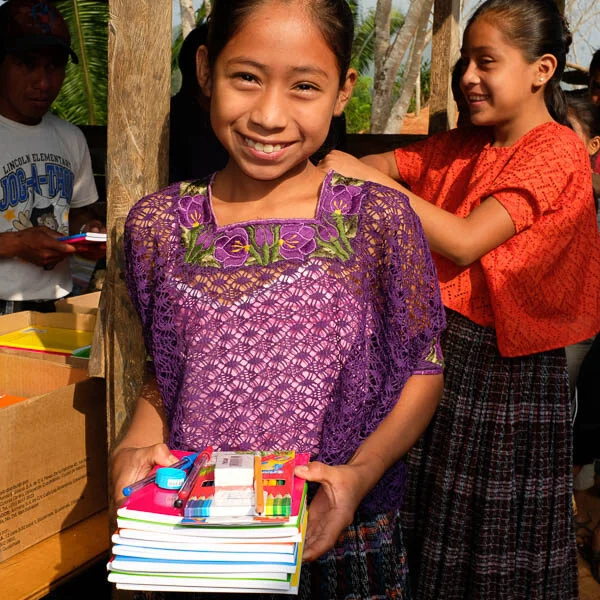
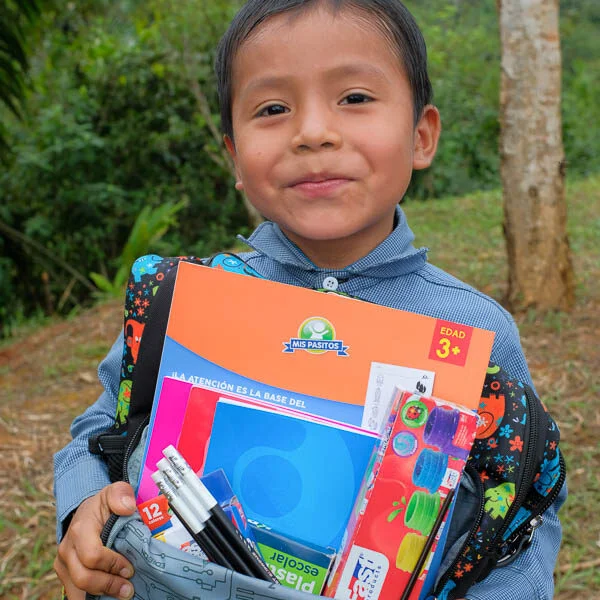
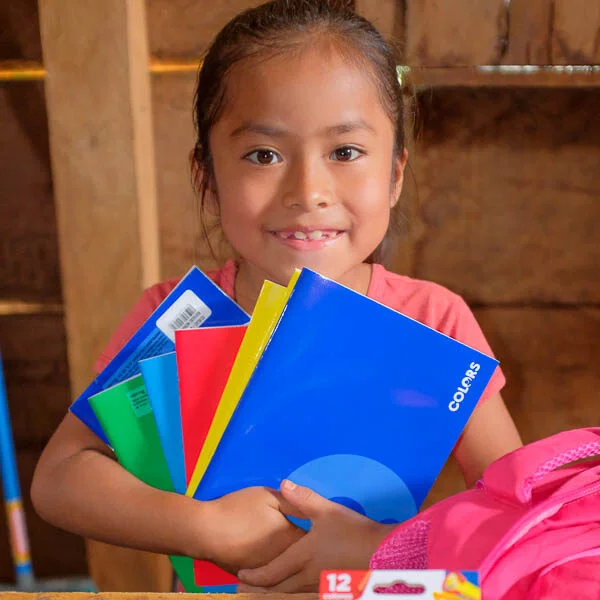
Students in Guatemala often leave school unprepared for the future. Indigenous and rural students are particularly disadvantaged; generally they fall behind national averages in reading and math standards by 5-15%. In Alta Verapaz, where we work, the problem is especially dire. Just 19% of 9th graders meet reading level standards and 4.7% meet math standards. [1]
The main reason scholastic achievement is so low in Alta Verapaz is because there are many rural indigenous villages with underfunded local schools. Teachers receive some materials from the government, but it is not enough to adequately teach their students. Also, most families here are living in extreme poverty, so are unable to buy school supplies for their children. Some students even have to walk an hour and a half to reach the closest middle school.
With LEAP, we give the power to the communities to better their children’s education. We listen to the parents’ aspirations for their children, the teachers’ needs in the classroom, and the students’ obstacles in their learning. Together we collaborate on projects to improve the quality of their local education.
But, the communities know that we do not do it alone. They know that people from around the world are lending a hand so that they can give their children the education they deserve. We need your support to keep working with indigenous communities and empowering them to take hold of their future.
For just $8 a month or $100 a year, you can give a child in an indigenous village in Guatemala what they need to learn and thrive in school. Please consider sponsoring a child and becoming a LEAP Champion today. When you champion a child you will receive regular updates on your sponsored LEAP student as they progress in their studies.
Also, we have many projects in LEAP that address the different needs in indigenous villages. Both one-time and reoccurring donations of any amount go a long way to supporting education in indigenous villages. Please consider donating to support these LEAP projects.
Classroom Resources
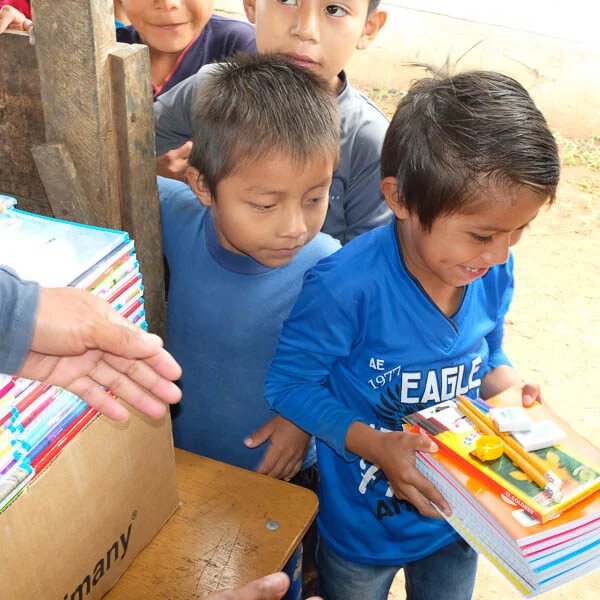


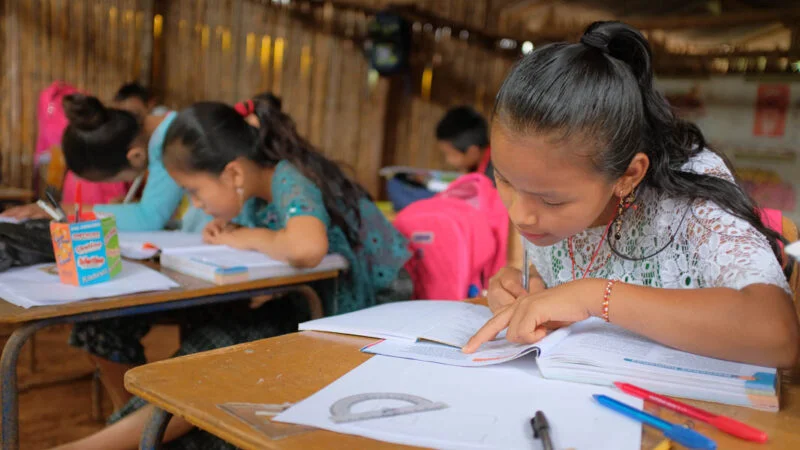
Fundamental to good learning is having the instructional materials and school supplies needed for the students to understand and apply new concepts. Every teacher and grade is different, so we collaborate with each teacher to get them exactly what they need in their classroom. It is important that teachers feel empowered to teach in a style that best suits their situation rather than having outside obligations imposed on them.
Also, we listen to the students, parents, and local leaders to understand what they want their children to learn in school. With this autonomy, the community keeps their power to decide the best way to educate their children.
Currently, we are supporting 795 students in their local schools with classroom resources. We provide materials in Spanish and Q’eqchi' so that the students learn Spanish as their second language, but also maintain a connection to their native language and culture. Providing adequate resources to local schools allows teachers to transform their teaching practices so that students learn in a more interactive and holistic style.
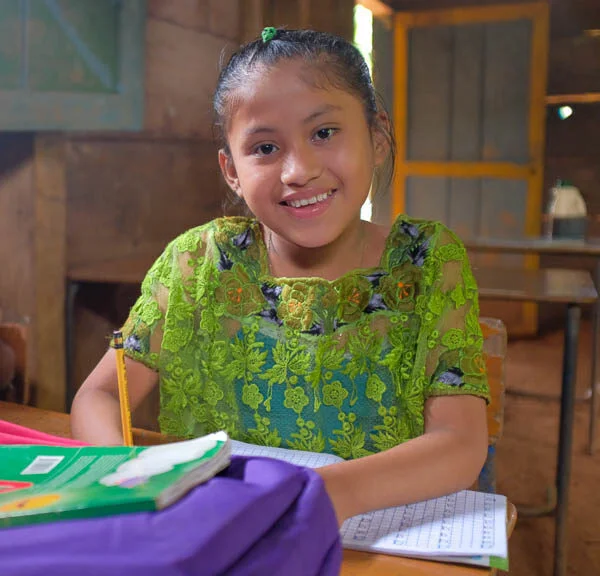
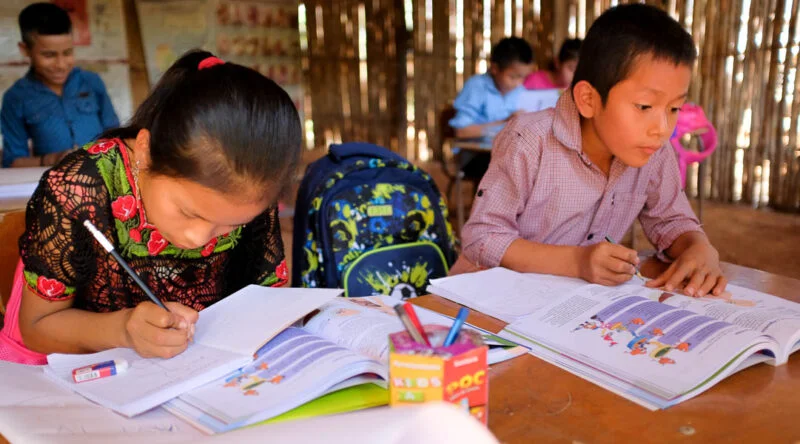
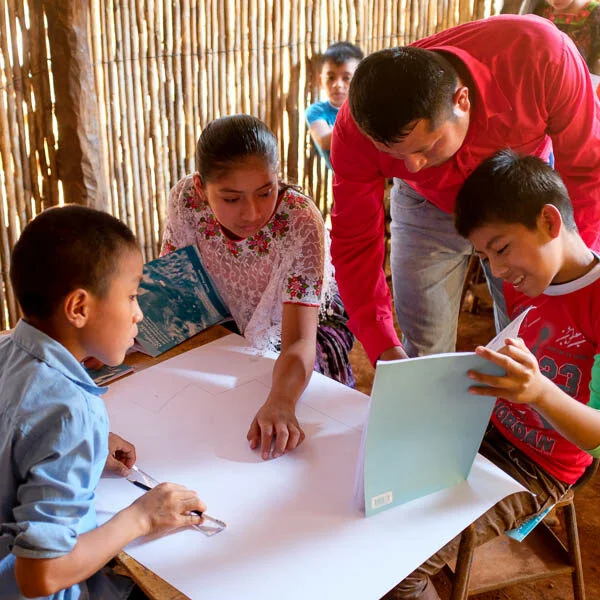
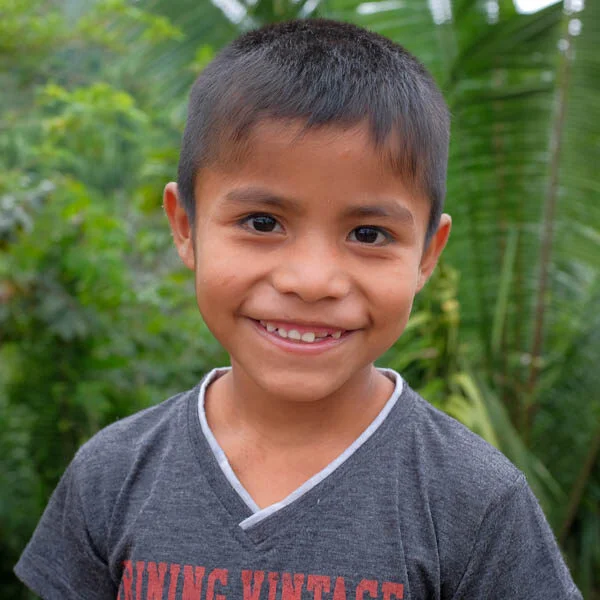
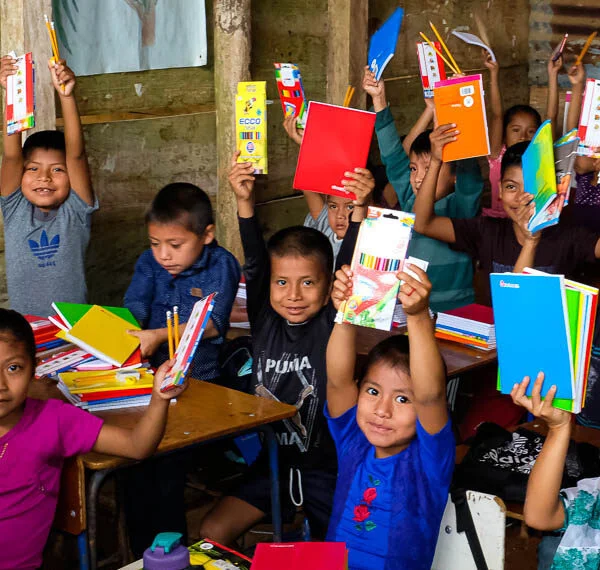
Computer Labs
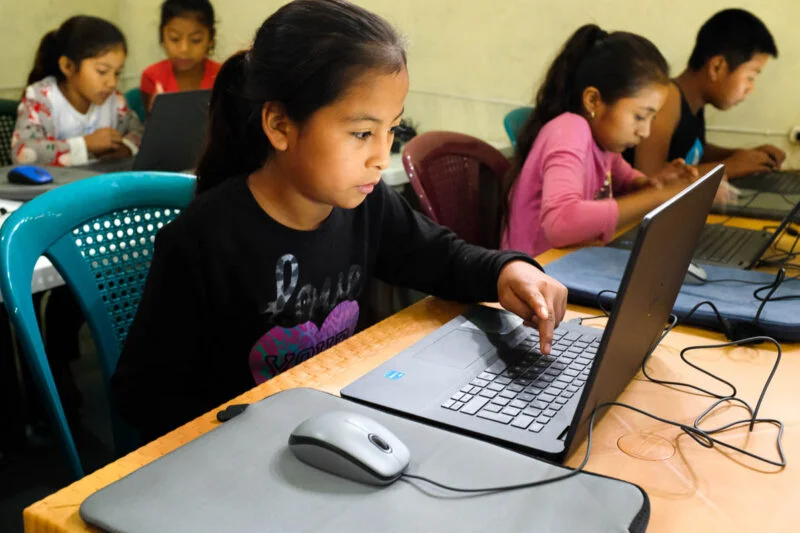
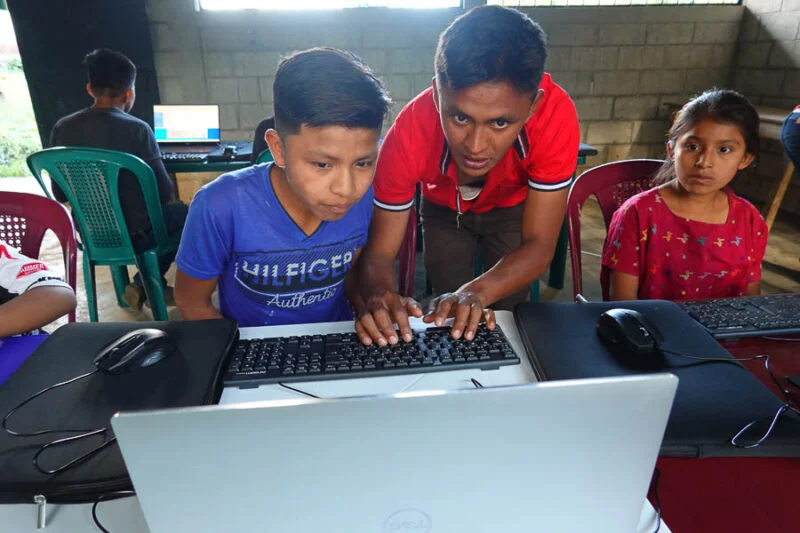
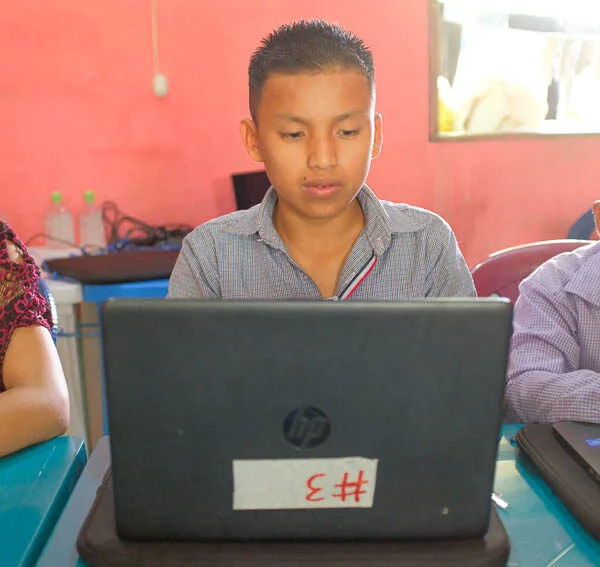
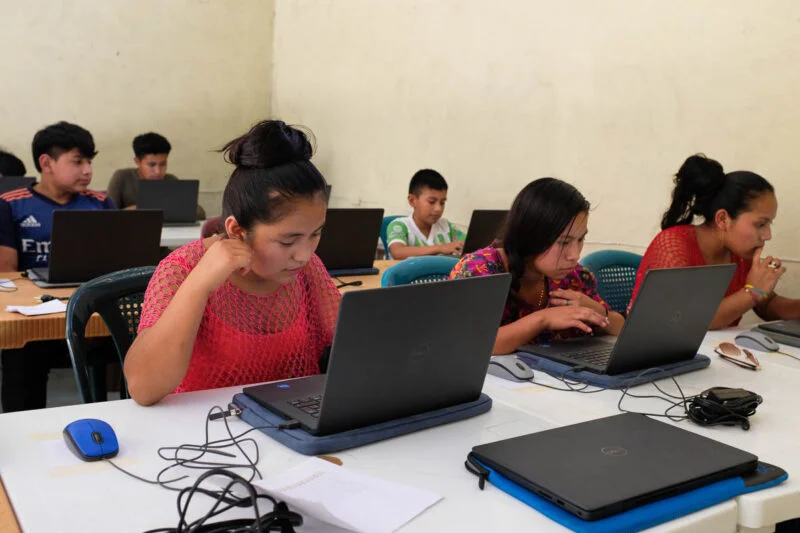
One of the biggest concerns of parents is whether their children will be able to learn the technical skills they need to succeed in the 21st century. This is why we have started three community-run computer labs in collaboration with rural villages.
Though the villages are not connected to the electrical grid, we have set up the labs with solar panels for sustainability. There are currently over 150 students studying in the computer labs, coming from 7 different villages. The computer labs also help the local economy since the computer teachers come from the local community.
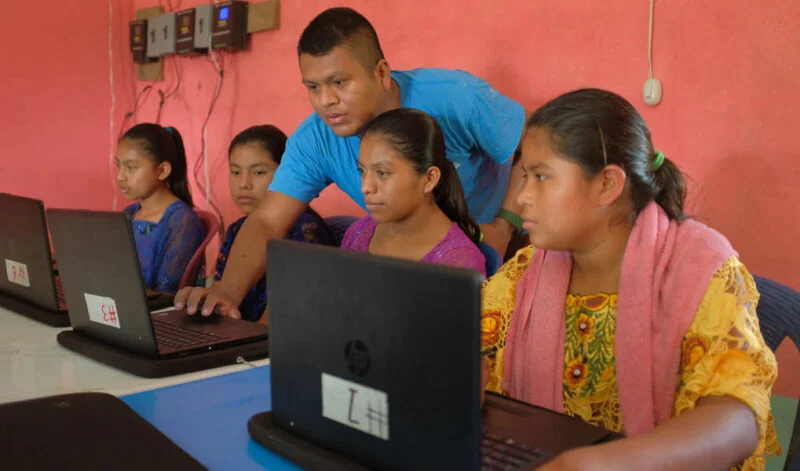
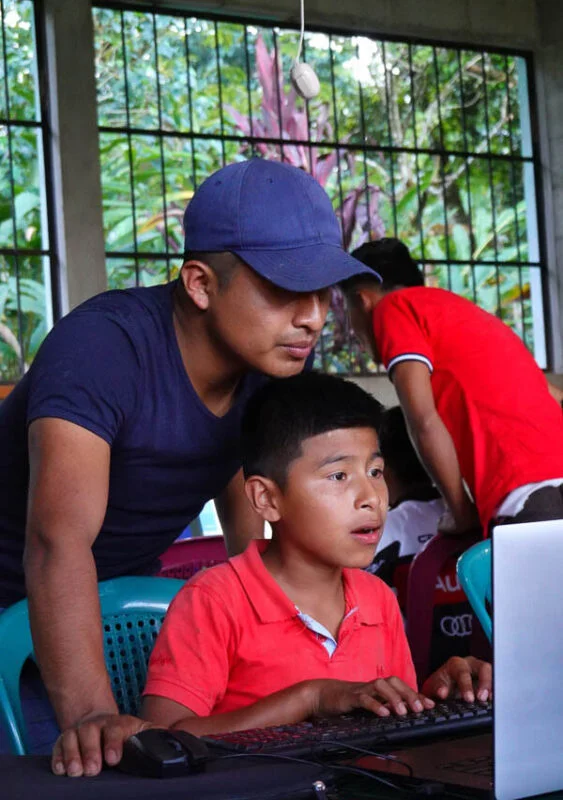
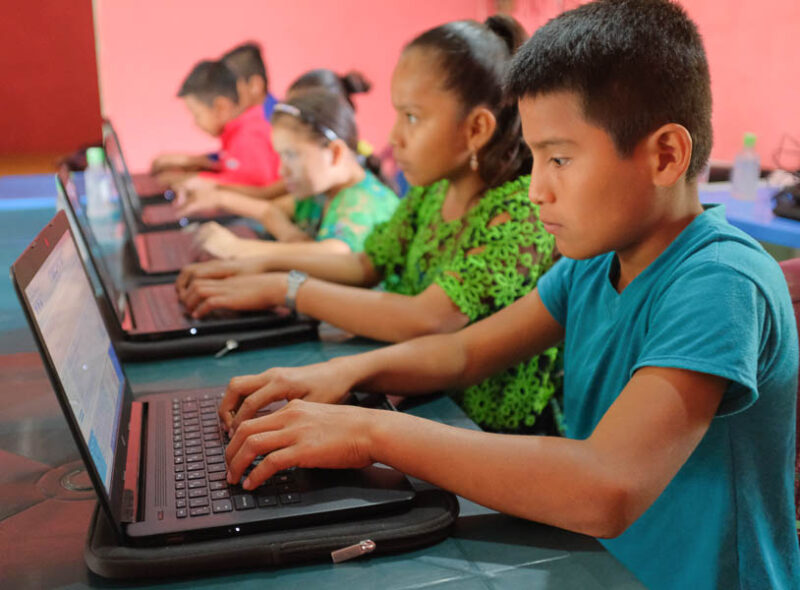
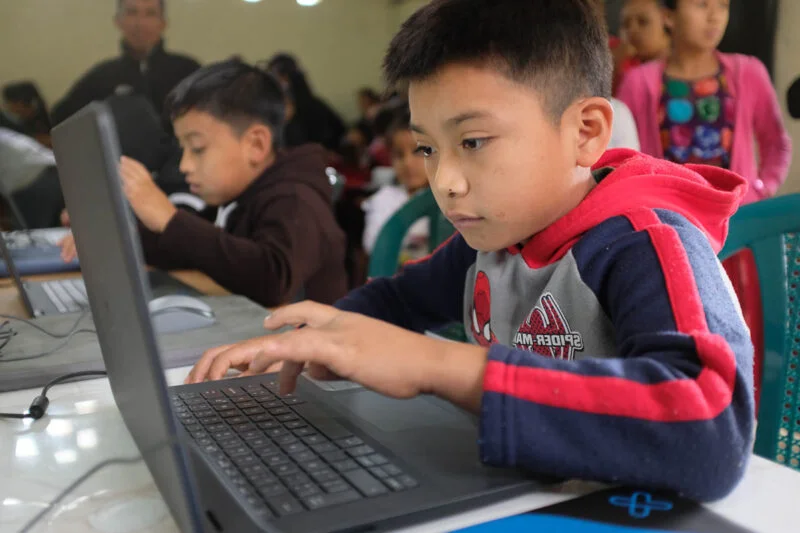
School Construction
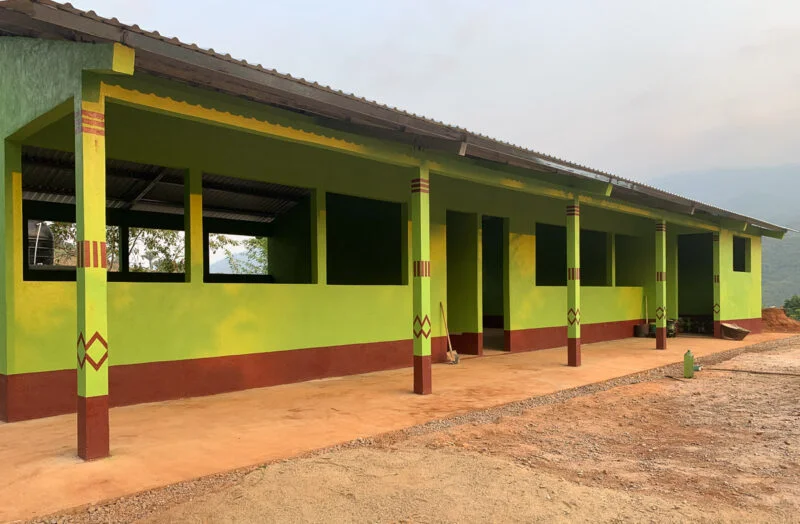
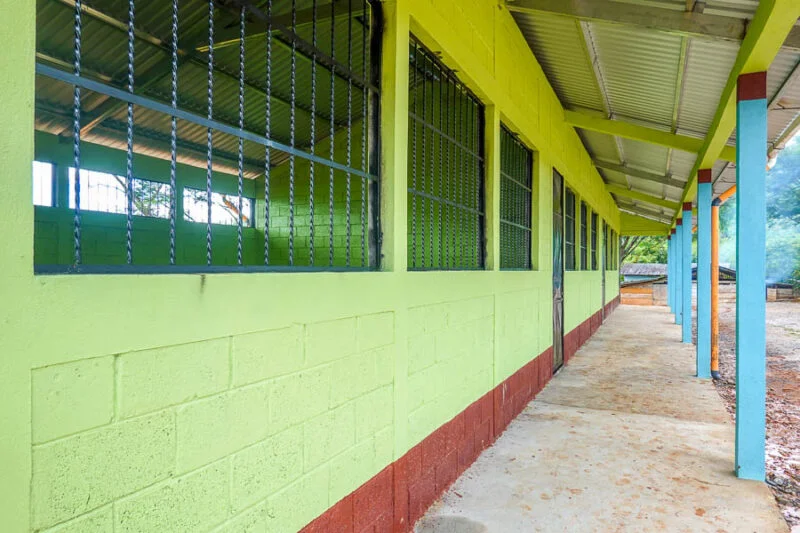
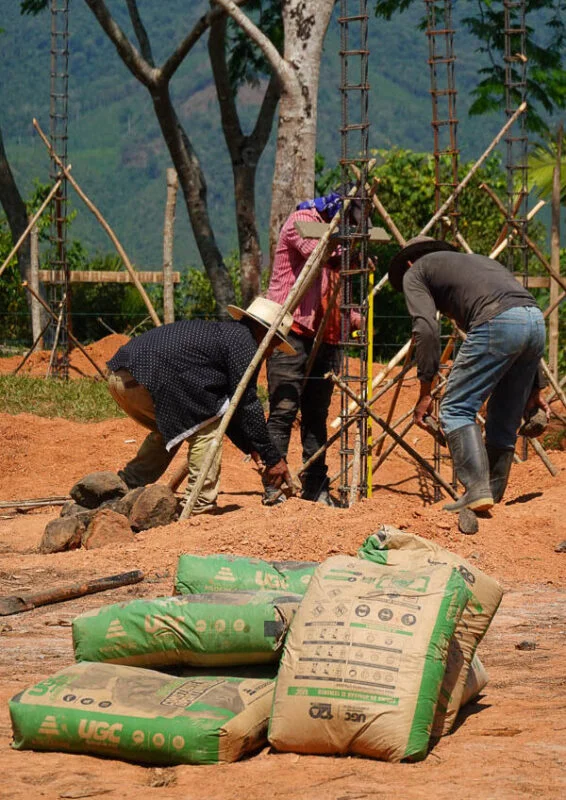
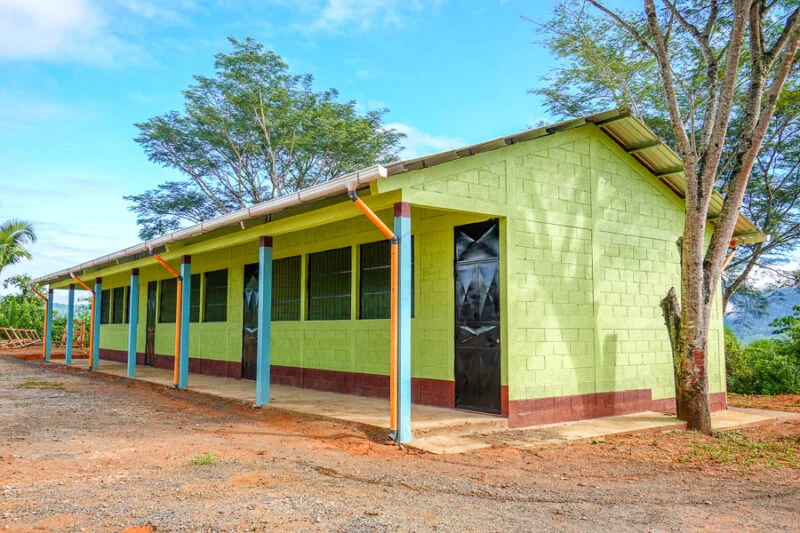
Schoolhouses in indigenous villages in Guatemala are often old, built decades ago by the villagers themselves. Many are made of wood or sticks, have rusty, leaky tin roofs, and dirt floors. In these schools, the students have to study in poor lighting and the sweltering heat because of a lack of windows.
We work with villages to make sure that their local schools have adequate facilities for their children. To date, we have completed construction on three school building projects by providing the resources to the villages so that they could build for themselves new schoolhouses for their local schools.
Also, we have built running-water bathroom facilities for three schools and are currently planning two more construction projects with villages for their local schools. More villages have also been requesting new schoolhouses to give their children better learning conditions in their local schools, so we have plenty of work ahead of us.
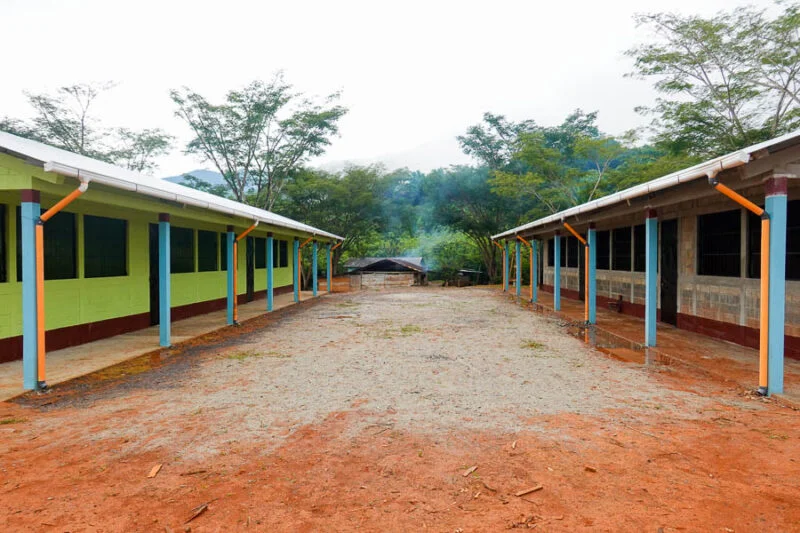
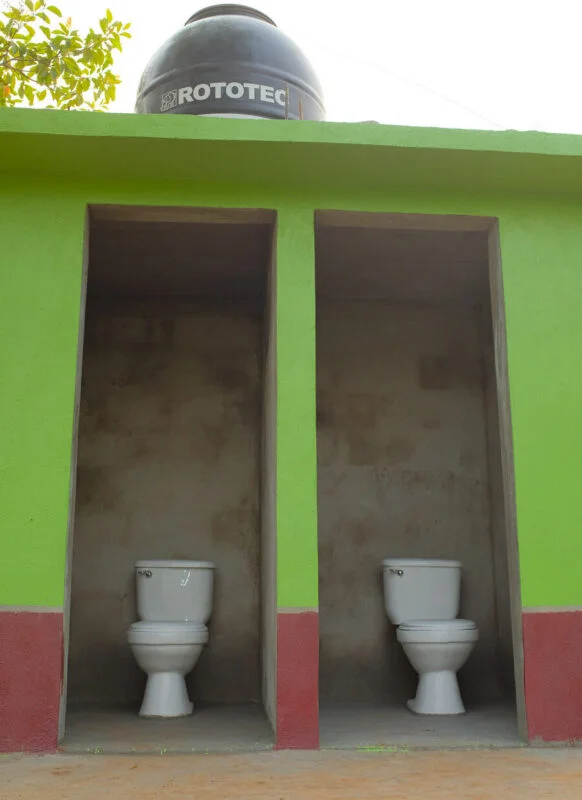
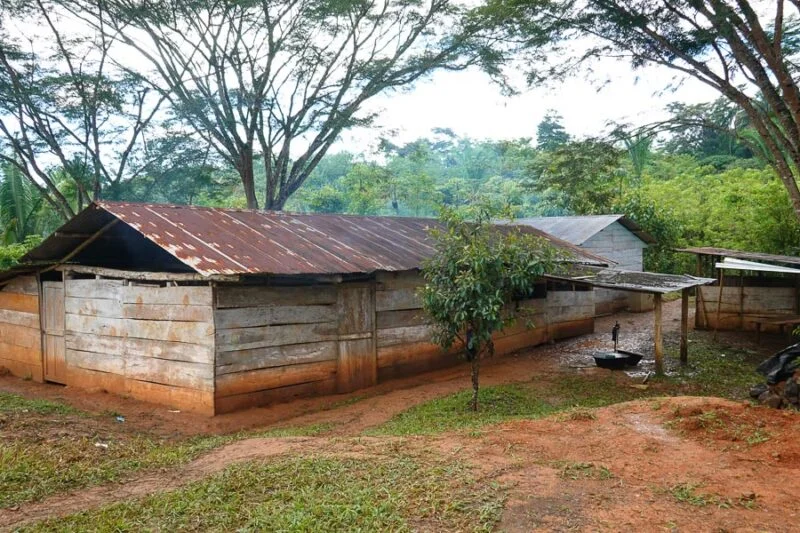

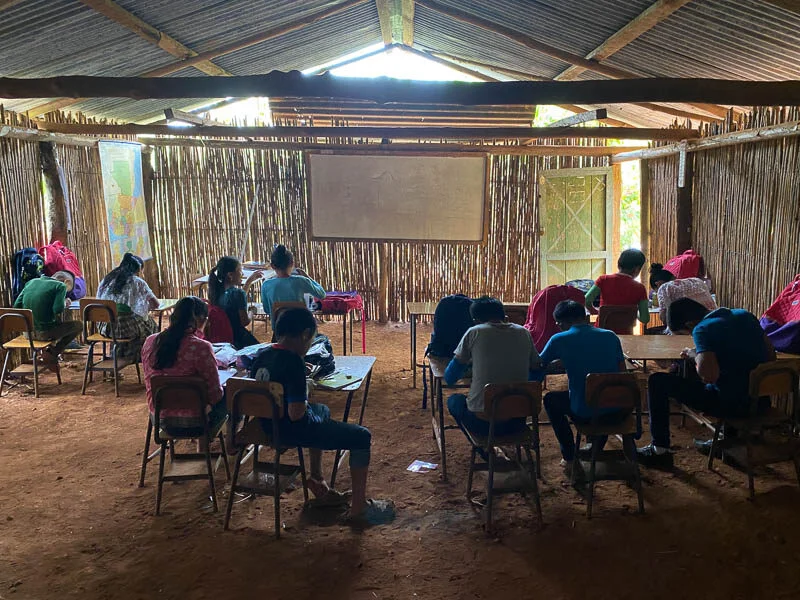
Middle & High Schools
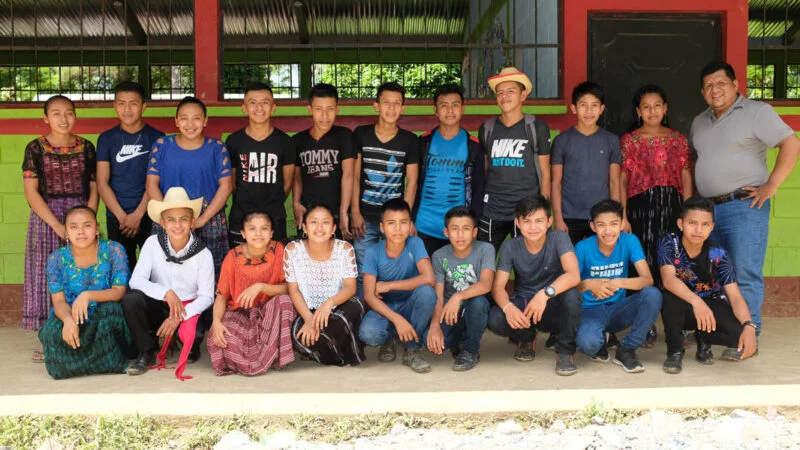
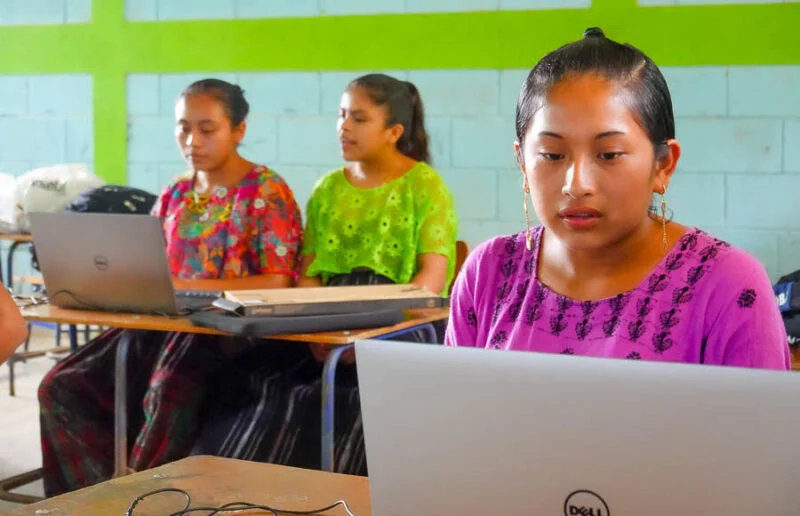
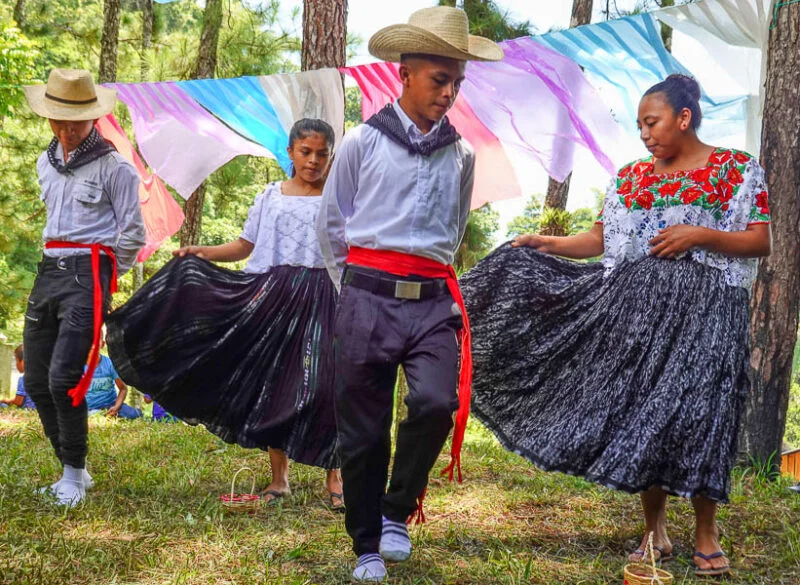
Many indigenous villages in Guatemala only have an elementary school, so many students drop out after just sixth grade. Increasing access to secondary school is one of the most important ways to improve the education of indigenous Guatemalans.
To improve educational access, we have collaborated with the regional Ministry of Education to open a middle and high school in a remote village. Currently, there are 58 students studying in the middle and high school that had otherwise stopped studying because the closest middle school was an hour and a half away and the closest high school was even further.
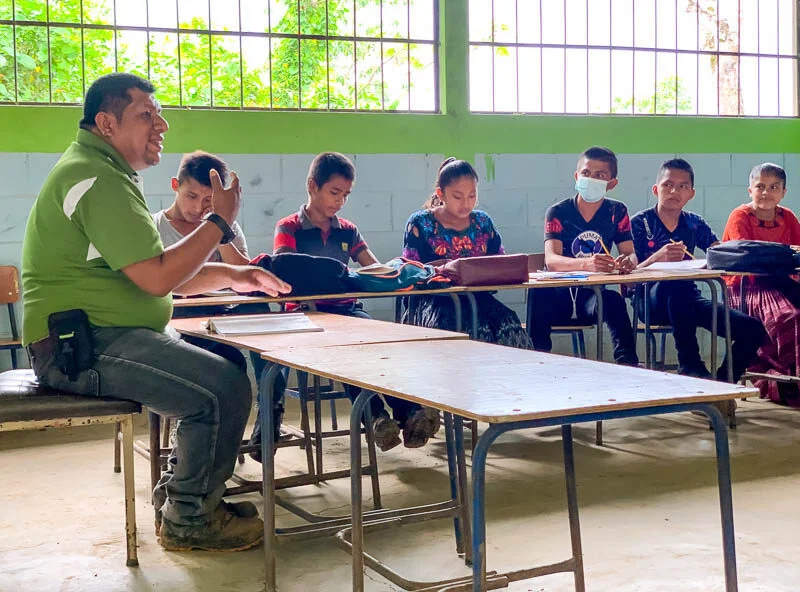
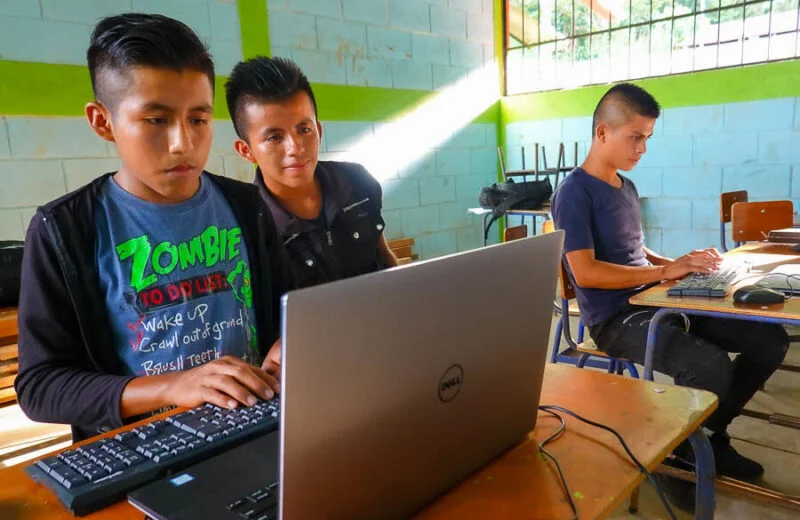
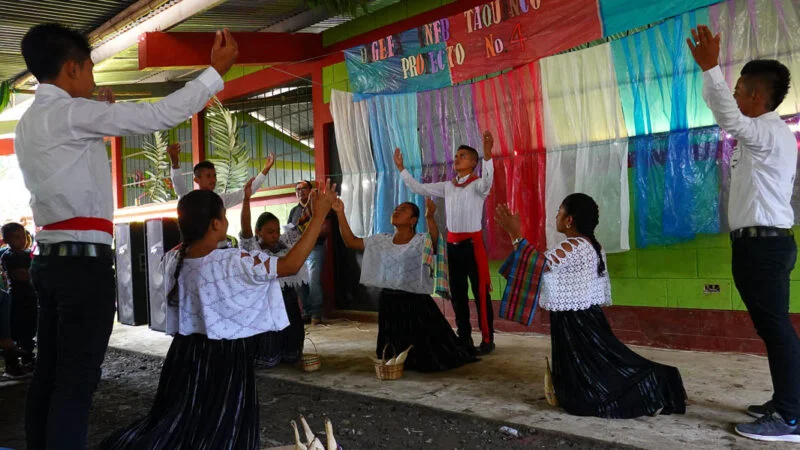
School Snacks

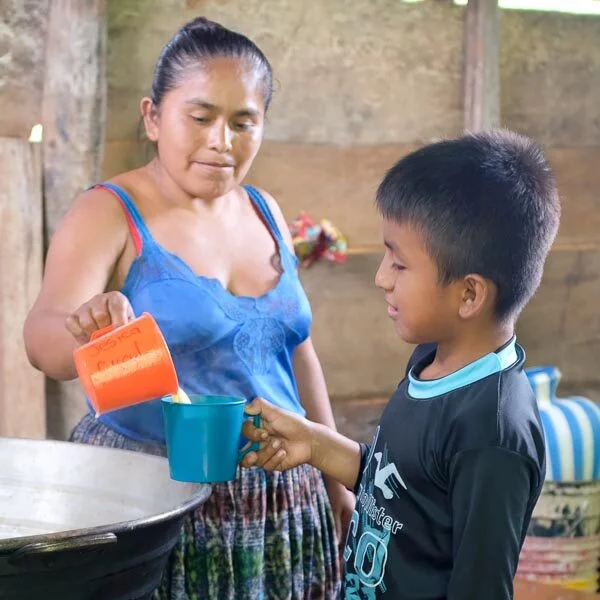
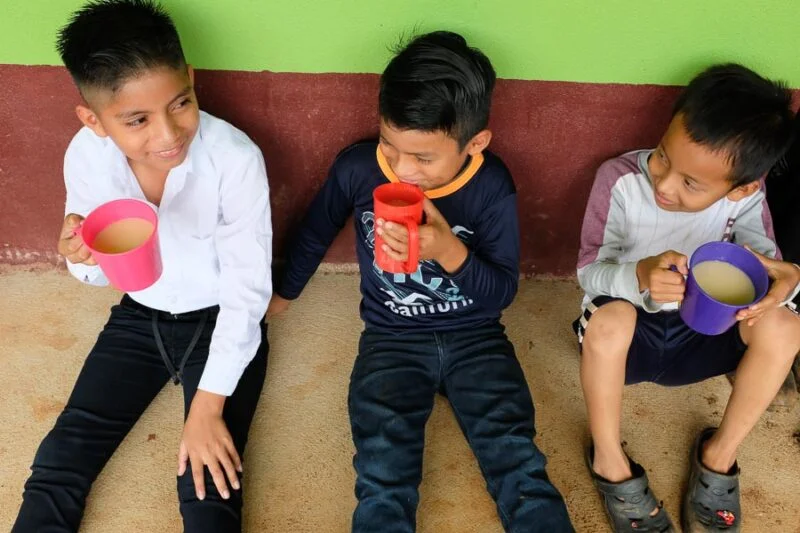
Many students in these villages come from households where the income is unstable. This means that there may be times when students come to school hungry, which makes it difficult to concentrate in class and learn successfully. Additionally, chronic malnutrition in Guatemala is the sixth-highest in the world at 47% [2]. Among the many terrible consequences of chronic malnutrition, in children it can cause cognitive underdevelopment which hurts educational achievement and results in weakened immune systems causing more missed days of school due to illness.
To combat this tragedy, we provide daily, nutrient-enriched snacks in schools for the students. The students receive Incaparina, a vitamin-packed, calorie-dense drink that is popular among parents to buy for their children when they can afford it. Not only does this snack fight malnutrition and hunger, but also it incentivizes students to never miss a day of school. Moreover, we pay students’ mothers to prepare the drink daily, which supplies extra funds for families and provides women with an independent income.
Currently, we provide school snacks for 179 students in two elementary schools. As our newest program and one of our most popular, we are excited to keep expanding to give daily school snacks to as many students as possible. You can help by sponsoring a student’s daily snack which costs just $6 a month. When you sponsor a student’s snacks, you become a LEAP Champion and will receive regular updates on your supported student as they progress in their studies.
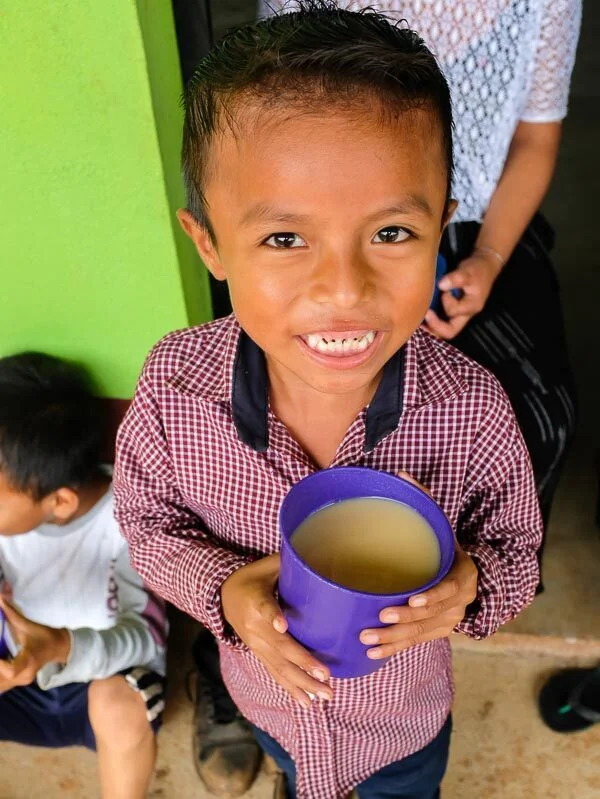

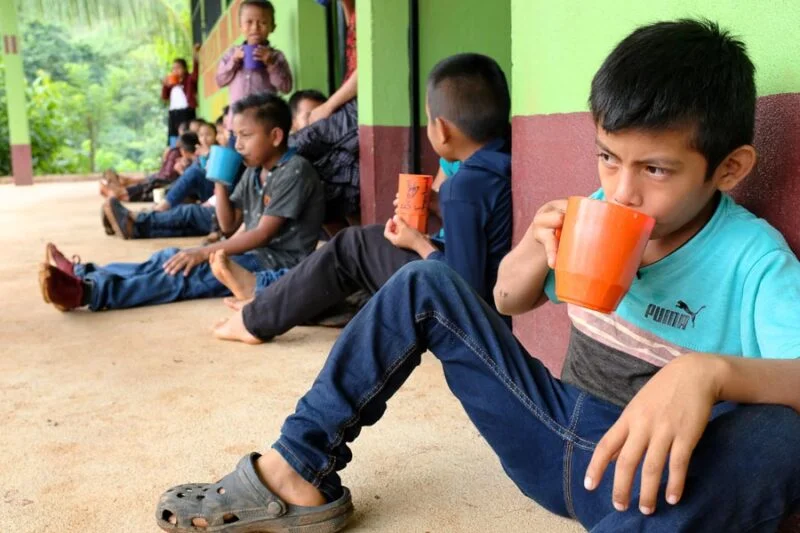
[1] Guatemala’s Ministry of Education, General Office of Evaluation and Educational Research (DIGEDUCA), Informe departamental y municipal de primaria, 2014. https://www.thedialogue.org/wp-content/uploads/2017/02/Educational-Challenges-in-Guatemala-and-Consequences-for-Human-Capital-and-Development-1.pdf
[2] United States Agency of International Development (USAID), Guatemala: Nutrition Profile, 2018. https://2017-2020.usaid.gov/sites/default/files/documents/1864/Guatemala-Nutrition-Profile-Mar2018-508.pdf

